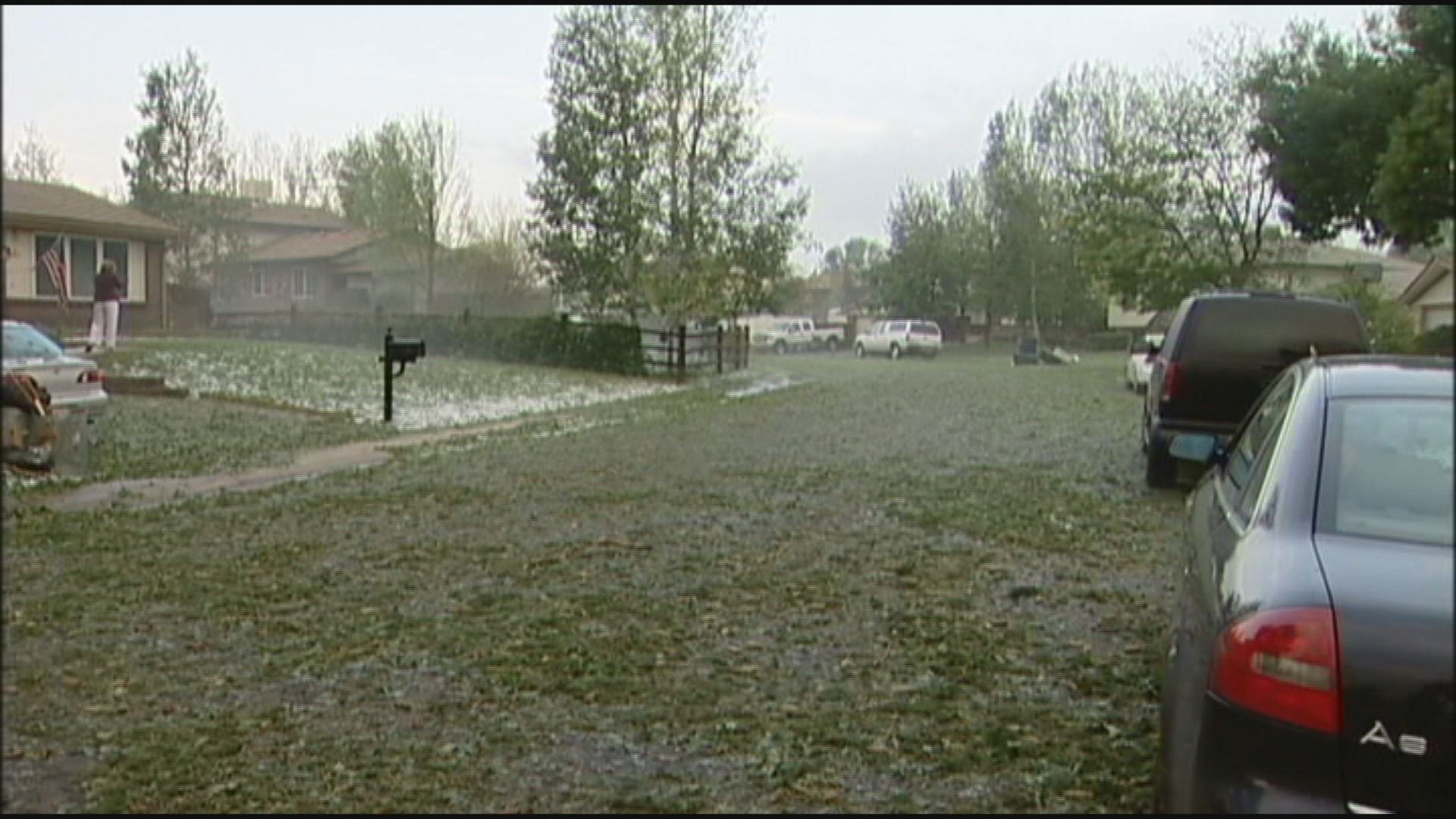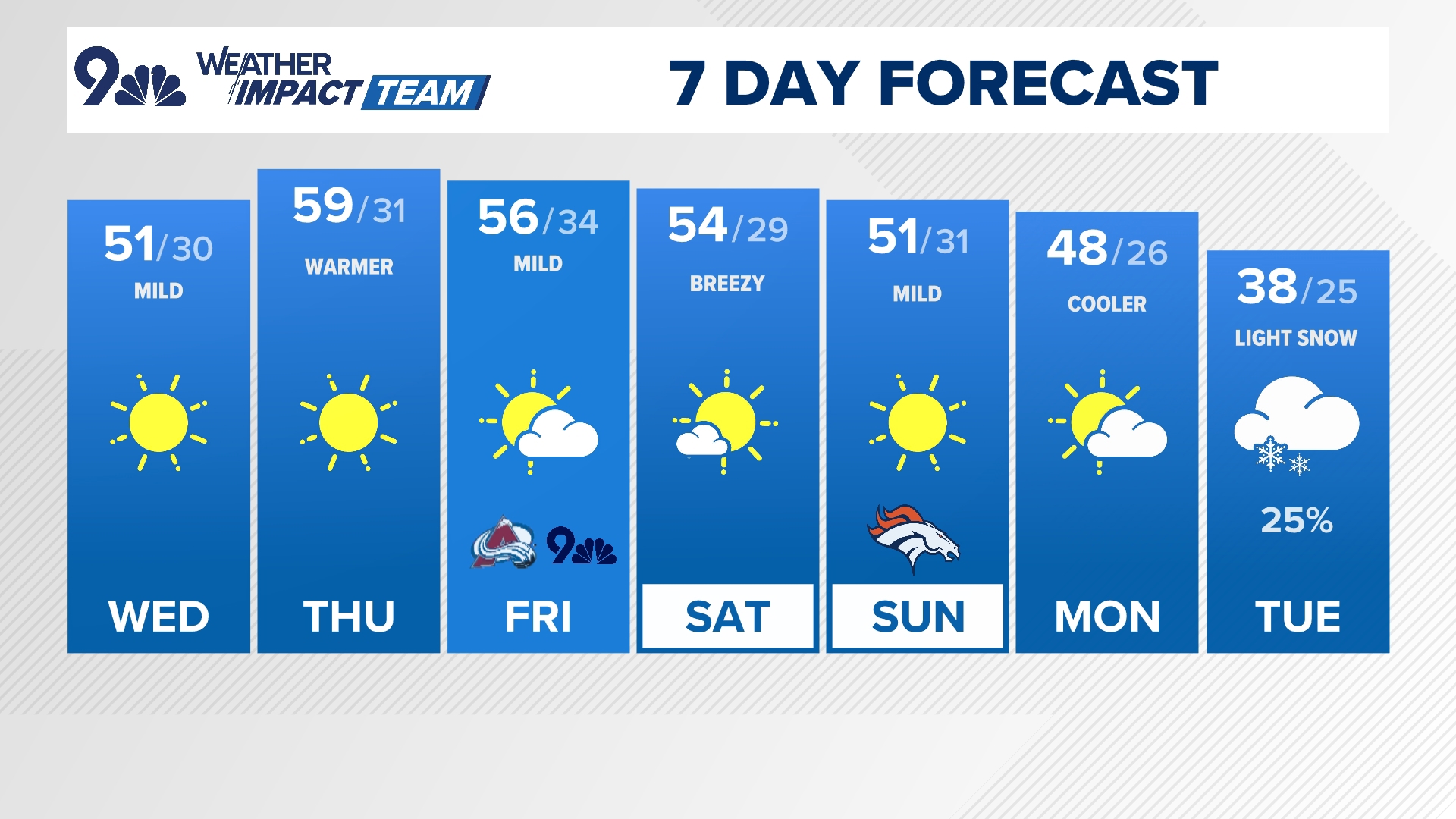KUSA – Tired of the hail we've seen on the Front Range these past several days? Buckle up, because according to climatology, we could still see more.
Colorado's damaging hail season is considered to be from mid-April to mid-August. The hail days increase heading into July.
The Front Range is in the heart of "hail alley," which receives the highest frequency of large hail in North America – and most of the world.
Hail forms when strong winds in a storm or updraft lifts raindrops into the clouds. The air current lifts the water droplet high into the clouds, where temperatures are below freezing.
That droplet freezes into a tiny ball of ice.
As those droplets fall, they get bigger. Air currents circulate those pieces of hail around in the clouds – a process that could be repeated several more times, until the hail stones become so large that they are too heavy for the wind to carry them, causing them to fall toward Earth.
The structure of the storm can determine how big the hail is.
The 10 most costly hail storms have been centered in the Denver metro area (which makes sense, because that's where the largest concentration of property in the state is located).
The most expensive storm in state history? The one on July 20, 2009. It cost $767.6 million.
(KUSA-TV © 2015 Multimedia Holdings Corporation)


